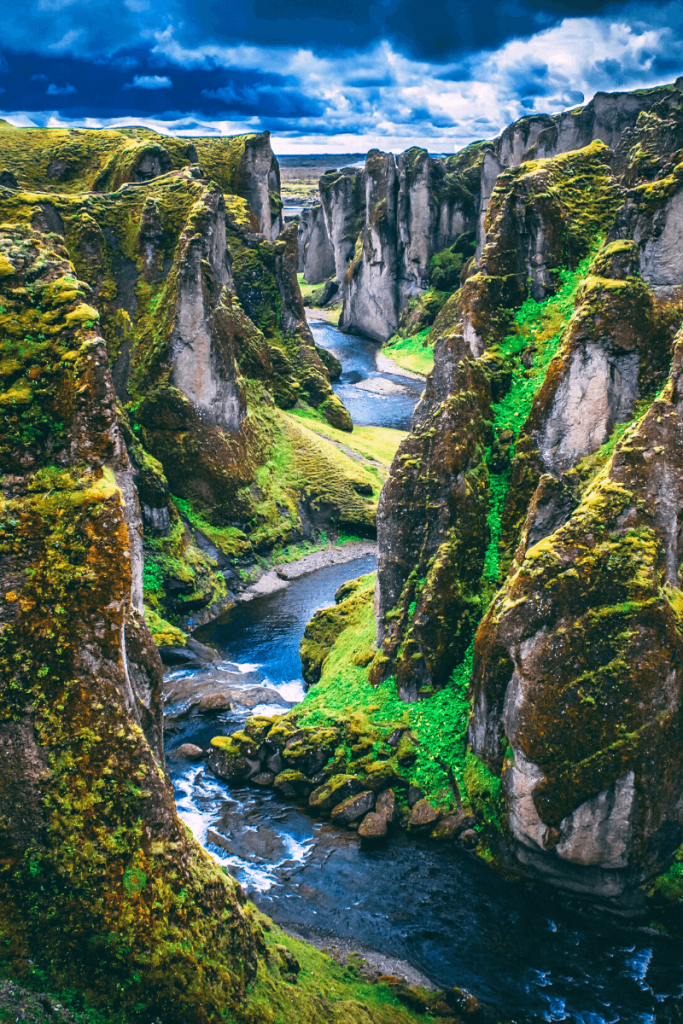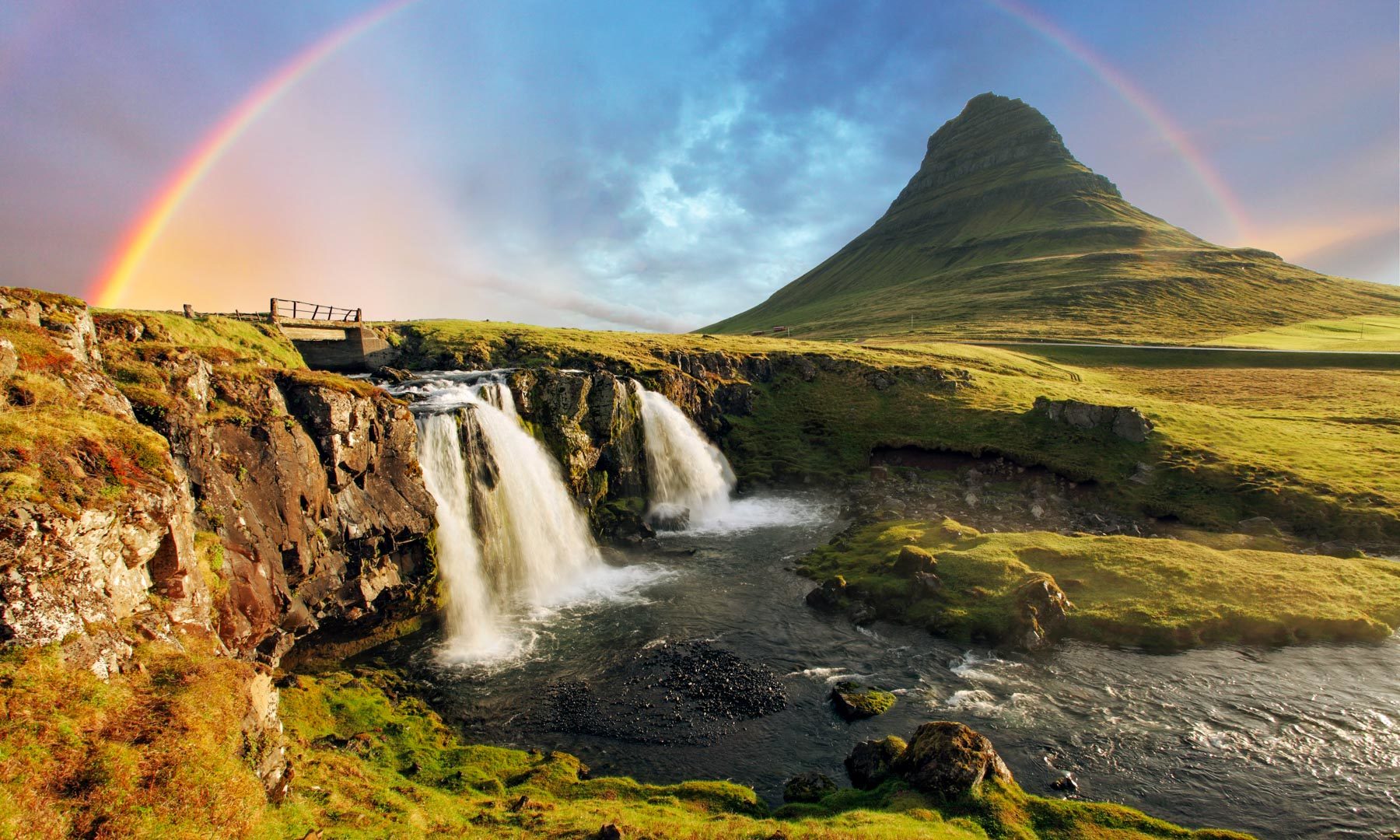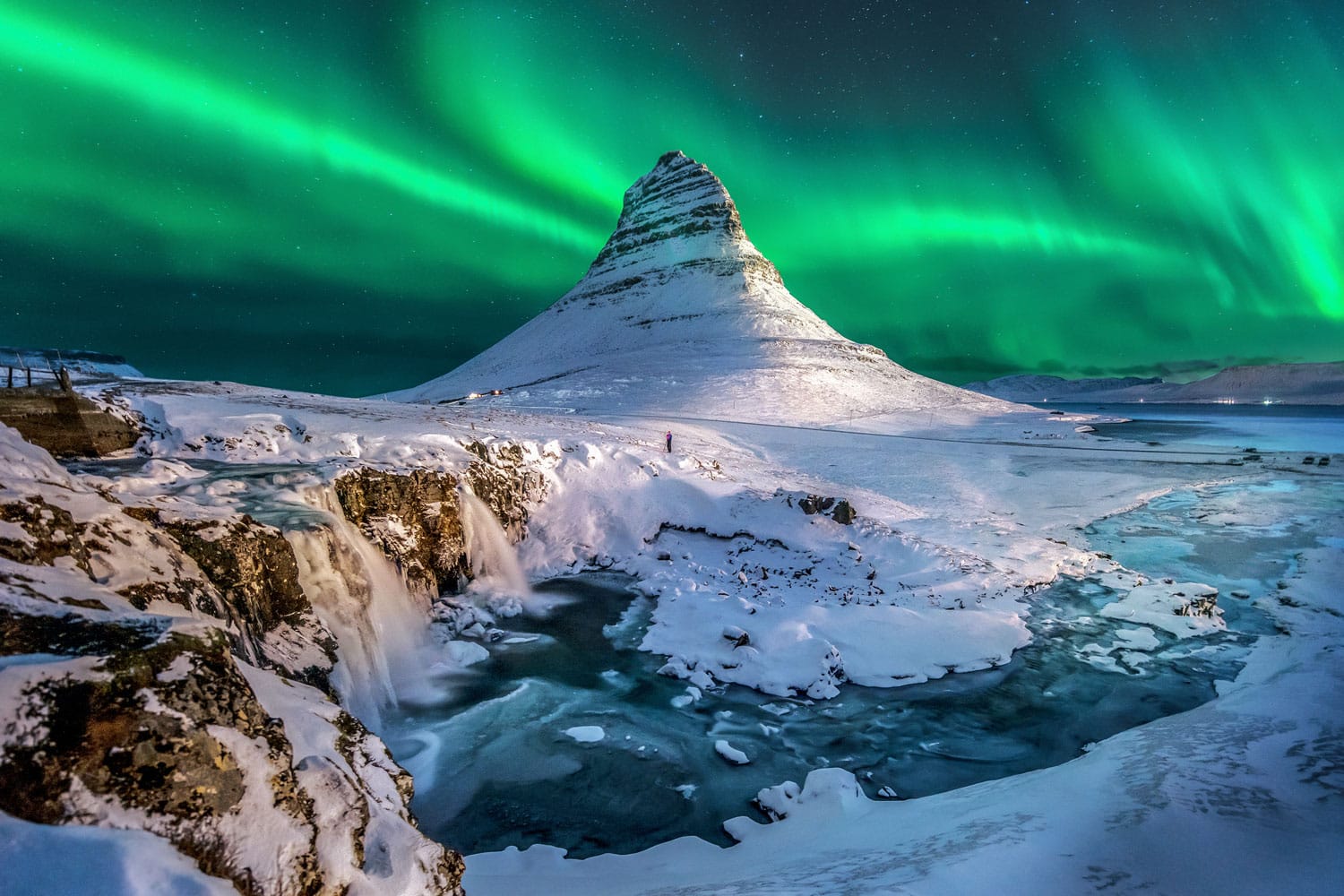
Iceland, the land of fire and ice, is a destination that captivates with its otherworldly landscapes, dramatic natural phenomena, and rich cultural heritage. From the mesmerizing Northern Lights dancing across the sky to the steaming geothermal fields and colossal glaciers carving through valleys, Iceland offers an unforgettable experience for every traveler. This guide will equip you with everything you need to plan your adventure to this Nordic gem, covering top attractions, historical insights, travel tips, accommodation options, transportation, and the best time to visit.
Top Attractions: A Journey Through Iceland’s Wonders
Iceland’s landscape is a living canvas, painted with the vibrant colors of nature’s artistry. Here are some of the must-see attractions that should be on your itinerary:

Related Articles about Iceland: A Land of Fire and Ice – Your Ultimate Guide to Adventure:
- Kazakhstan: A Traveler’s Guide to the Land of Steppe and Sky
- Canada: A Traveler’s Grand Tapestry – From Majestic Peaks to Coastal Charms
- Dubai: A Glimpse into the Future, Rooted in Tradition – Your Ultimate Travel Guide
- The Heart of Africa: An Unforgettable Journey Through Kenya
- Germany: A Tapestry of Timeless Charm and Modern Marvels
-
The Golden Circle: This iconic route encompasses three of Iceland’s most celebrated natural wonders. First, Þingvellir National Park, a UNESCO World Heritage site, is a geological marvel where the North American and Eurasian tectonic plates meet. Explore the Almannagjá gorge, wander through the historic site of Iceland’s first parliament, and marvel at the Silfra fissure, a crystal-clear underwater rift perfect for snorkeling and diving. Next, witness the raw power of Geysir Geothermal Area, home to the Strokkur geyser, which erupts every few minutes, shooting boiling water high into the air. Finally, be mesmerized by the majestic Gullfoss waterfall, a two-tiered cascade that plunges into a rugged canyon, often adorned with rainbows on sunny days.
-
The Blue Lagoon: Indulge in the ultimate relaxation at the Blue Lagoon, a geothermal spa renowned for its milky blue waters rich in minerals and silica. Soak in the therapeutic waters, apply a silica mud mask for a revitalizing skin treatment, and unwind in the surreal surroundings of lava fields. Pre-booking is essential, as this popular attraction often sells out.
-
The South Coast: Embark on a scenic drive along the South Coast, where you’ll encounter black sand beaches, towering cliffs, and cascading waterfalls. Seljalandsfoss allows you to walk behind its curtain of water, while Skógafoss offers a challenging climb to the top for panoramic views. The dramatic Reynisfjara black sand beach features basalt columns, sea stacks, and the powerful Atlantic waves. Don’t miss the opportunity to hike on the Sólheimajökull glacier with a guided tour, or explore the crashed DC-3 plane wreck on the Sólheimasandur black sand beach (requires a long walk or shuttle).

-
The Northern Lights (Aurora Borealis): Witnessing the Northern Lights is a bucket-list experience for many travelers. The best time to see them is during the winter months (September to April) when the nights are long and dark. Venture away from city lights and look towards the northern sky for the ethereal green, pink, and purple hues dancing across the heavens. Check the aurora forecast for the best chances of witnessing this spectacular phenomenon.
-
The Snaefellsnes Peninsula: Often referred to as "Iceland in Miniature," the Snaefellsnes Peninsula boasts a diverse range of landscapes, including the iconic Kirkjufell mountain, black pebble beaches, lava fields, charming fishing villages, and the majestic Snæfellsjökull glacier, a dormant volcano that Jules Verne used as the entrance to the Earth in his novel "Journey to the Center of the Earth."
-
Whale Watching: Iceland is a prime location for whale watching, with several species inhabiting its waters, including humpback whales, minke whales, and orcas. Tours depart from various locations, including Reykjavik, Husavik, and Ólafsvík.
-
Ice Caves: Explore the mesmerizing beauty of Iceland’s ice caves during the winter months. These naturally formed caves within glaciers offer a glimpse into a world of shimmering blue ice. Guided tours are essential for safety and provide access to the best caves.
-
Landmannalaugar: Venture into the Highlands and discover the geothermal wonderland of Landmannalaugar. This region is renowned for its colorful rhyolite mountains, hot springs, and challenging hiking trails. Access is typically limited to summer months and requires a 4×4 vehicle.
A Glimpse into Iceland’s History:
Iceland’s history is deeply intertwined with its unique geography and Viking heritage. The island was settled in the late 9th century by Norse seafarers, primarily from Norway. In 930 AD, the Althing, the world’s oldest parliament, was established at Þingvellir, marking the beginning of Iceland’s independent rule.
For centuries, Iceland was a remote and isolated society, relying on agriculture and fishing for survival. The country endured periods of hardship, including volcanic eruptions, famines, and foreign rule. In 1918, Iceland gained independence from Denmark, and in 1944, it became a republic.
Today, Iceland is a modern and prosperous nation with a strong economy, a vibrant cultural scene, and a commitment to sustainability. Its history and Viking sagas continue to shape its identity and traditions.
Travel Tips for an Unforgettable Trip:
- Book in Advance: Iceland is a popular destination, especially during peak season. Book flights, accommodation, tours, and rental cars well in advance to secure the best deals and availability.
- Pack for All Weather: Iceland’s weather is notoriously unpredictable. Be prepared for sunshine, rain, wind, and snow, even in summer. Pack layers, waterproof outerwear, sturdy hiking boots, and warm accessories.
- Rent a Car (Recommended): Renting a car provides the freedom to explore Iceland at your own pace and access remote areas. A 4×4 vehicle is recommended for driving on F-roads in the Highlands.
- Respect Nature: Iceland’s natural environment is fragile. Stay on marked trails, avoid disturbing wildlife, and leave no trace behind.
- Learn Basic Icelandic Phrases: While English is widely spoken, learning a few basic Icelandic phrases can enhance your interactions with locals. "Takk" (thank you) and "Hæ" (hi) are good starting points.
- Download Offline Maps: Cell service can be unreliable in some areas. Download offline maps and translation apps to your phone before your trip.
- Be Prepared for Geothermal Smells: The smell of sulfur is common in geothermal areas. It’s harmless but can be pungent.
- Check Road Conditions: Before embarking on any road trip, check road.is for up-to-date information on road conditions and closures.
- Budget Accordingly: Iceland is an expensive country. Plan your budget carefully and look for ways to save money, such as cooking your own meals and taking advantage of free activities.
- Stay Safe: Be aware of potential hazards, such as slippery trails, strong currents, and unpredictable weather. Follow safety guidelines and listen to the advice of local guides.
Accommodation Options: From Cozy Guesthouses to Luxurious Hotels:
Iceland offers a diverse range of accommodation options to suit every budget and preference:
- Hotels: From luxury hotels in Reykjavik to comfortable countryside hotels, you’ll find a range of options with modern amenities and stunning views.
- Guesthouses: Guesthouses are a popular and affordable choice, offering comfortable rooms and a cozy atmosphere. Many guesthouses include breakfast.
- Apartments: Self-catering apartments provide more space and flexibility, especially for families or groups.
- Hostels: Hostels are a budget-friendly option, offering dormitory-style rooms and communal facilities.
- Camping: Camping is a popular choice during the summer months, allowing you to immerse yourself in nature. There are numerous campsites throughout Iceland, offering basic facilities.
- Cabins and Cottages: Renting a cabin or cottage provides a secluded and cozy retreat, often located in scenic areas.
Transportation: Getting Around Iceland:
- Rental Car: Renting a car is the most popular and convenient way to explore Iceland, giving you the freedom to travel at your own pace.
- Bus: Public buses connect major towns and cities, but service can be limited, especially in rural areas.
- Tours: Organized tours are a great option for those who prefer not to drive or want to learn more about the area from a local guide.
- Domestic Flights: Domestic flights connect Reykjavik with other regions of Iceland, such as Akureyri and Ísafjörður.
- Hitchhiking: Hitchhiking is legal in Iceland, but it can be unreliable and time-consuming.
Best Time to Visit Iceland:
- Summer (June-August): The summer months offer the warmest weather, long daylight hours (almost 24 hours of daylight in June), and access to the Highlands. It’s the peak season, so expect higher prices and more crowds.
- Winter (September-April): The winter months are ideal for seeing the Northern Lights, exploring ice caves, and enjoying winter activities like snowmobiling and glacier hiking. Be prepared for shorter daylight hours and potentially challenging weather conditions.
- Shoulder Seasons (May & September): The shoulder seasons offer a good balance of pleasant weather, fewer crowds, and lower prices. They’re a great time to experience the beauty of Iceland without the peak season rush.
Conclusion:
Iceland is a destination that will leave you breathless with its awe-inspiring landscapes, captivating history, and unique cultural experiences. Whether you’re chasing the Northern Lights, hiking through geothermal valleys, or soaking in a geothermal spa, Iceland offers an adventure unlike any other. With careful planning, a sense of adventure, and respect for the natural environment, you can create unforgettable memories in this land of fire and ice. So, pack your bags, embrace the unpredictable weather, and prepare to be amazed by the magic of Iceland!





